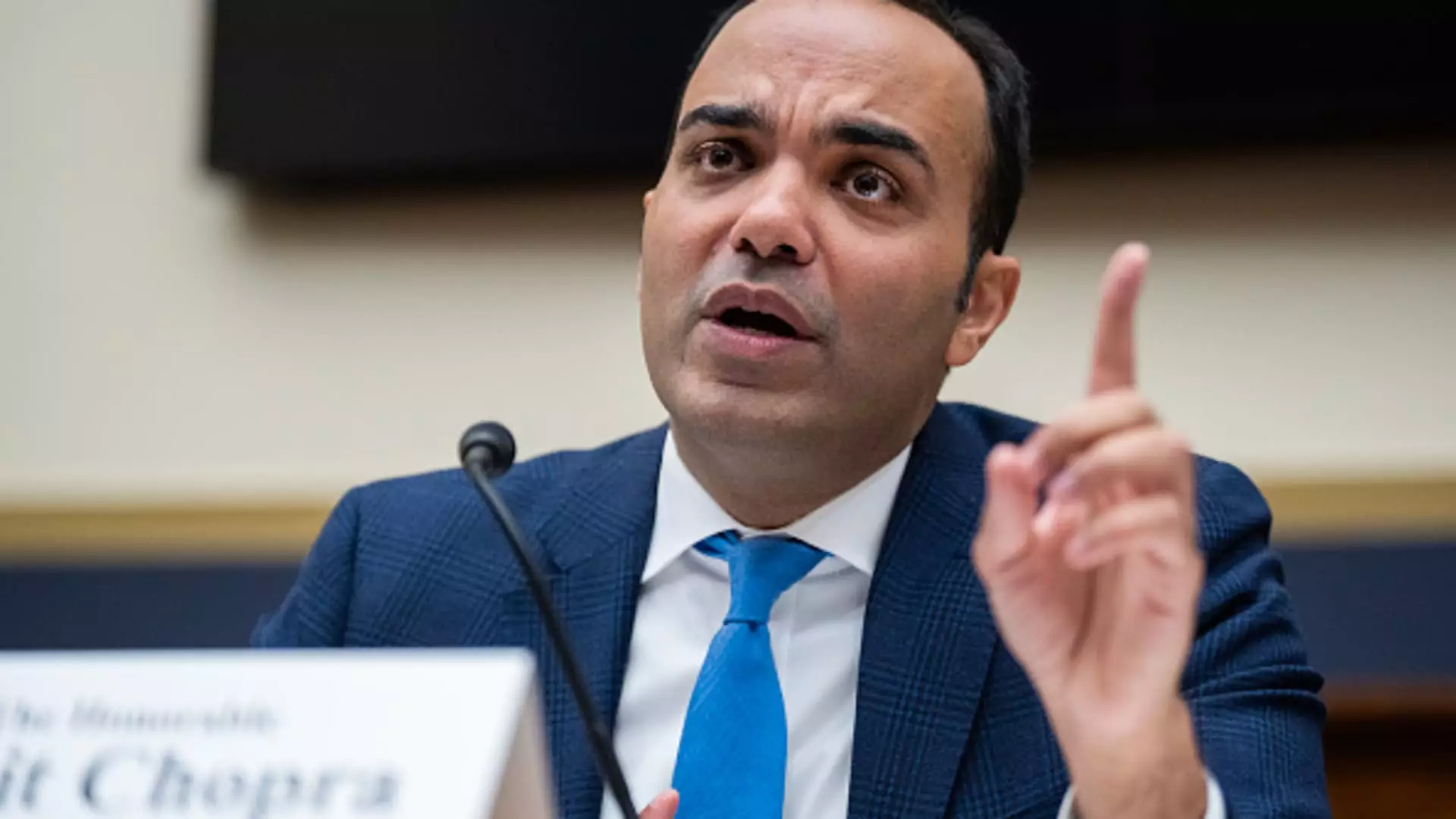The recent announcement by the Consumer Financial Protection Bureau (CFPB) regarding a new rule aimed at reforming overdraft fees charged by banks has stirred conversations about financial equity and consumer protection. With the potential to save American consumers up to $5 billion annually, this regulation is a significant departure from the traditional models of banking fees that have long been viewed as punitive. As American consumers increasingly seek fairer financial practices, this regulation raises important questions about the balance of power in the banking sector and the implications for consumers moving forward.
At the core of the new rule is a dramatic reduction in the maximum overdraft fee that banks can impose. Financial institutions are now limited to charging $5 for overdrafts, which starkly contrasts with the previous norm of roughly $35 per transaction. This change is intended to alleviate the financial burden that exorbitant fees can inflict on consumers, particularly those in lower-income brackets who may rely on overdraft services more frequently. The CFPB also states that banks may choose to charge minimal fees that reflect their actual costs or disclose the interest rates associated with overdraft loans, thereby enhancing transparency.
CFPB Director Rohit Chopra articulated the rationale behind this rule as a response to what he termed the “exploitation” of a legal loophole by large banks, which has reportedly siphoned billions from the accounts of countless Americans. This is a commendable step towards accountability in the banking sector, targeting the so-called “junk fees” that have long plagued consumer finances.
Overdraft fees have historically represented a substantial revenue stream for banks, bringing in approximately $280 billion since the turn of the millennium. However, this trend has witnessed a shift, with leading banks such as JPMorgan Chase and Bank of America beginning to scale back their overdraft charges or modify the criteria that lead to these fees. Some institutions have eliminated overdraft fees altogether, indicating a growing recognition of the need for more consumer-friendly practices.
Despite the decline in overdraft fee revenue, the CFPB’s efforts face stiff resistance from banking lobbyists who argue that limiting overdraft services may lead consumers to seek other, potentially more harmful financial alternatives, including high-interest payday loans. This illustrates a fundamental tension within the banking sector — the balance between maintaining profitability and ensuring fair access to necessary services for consumers.
Scheduled to take effect on October 1, 2025, the finalization of the overdraft fee rule signals a pivotal moment in U.S. financial regulation. However, its implementation remains shrouded in uncertainty. The impending transition of political leadership at the CFPB, following the recent election, raises questions about the viability of this regulation. Industry insiders predict that a new administration may not prioritize these consumer protections, potentially undermining the progress made thus far.
Moreover, challenges posed by banking groups demonstrate a pronounced willingness to resist this regulatory shift. The Consumer Bankers Association’s announcement of exploring various methods to challenge the CFPB signals that lobbyists are gearing up for a protracted battle over the future of overdraft regulations.
As American consumers await the full impact of this rule, the broader context emphasizes the critical need for continued advocacy in support of consumer rights across the financial sector. The past few decades have spotlighted numerous adversities faced by consumers due to excessive fees and opaque lending practices. The CFPB’s proposed changes provide an essential framework for a more equitable financial landscape, but consumer vigilance will be necessary to ensure the rule survives potential pushback from powerful banking interests.
In reflecting on this development, it’s evident that modern banking practices must evolve in tandem with the needs of the consumers they serve. Financial institutions must prioritize transparency and equity in their operations, serving as partners in consumers’ financial journeys rather than adversaries profiting from their missteps. As we look toward the future, the journey toward fairer financial practices remains a key battleground, one that will undoubtedly shape the landscape of consumer finance in the years to come.

